Welcome to our exploration of natural alternatives to opioids for pain management. As concerns about opioid addiction and side effects grow, many individuals seek safer options for managing pain. This blog delves into a range of natural remedies and therapies that can help alleviate pain without the risks associated with opioids.
The Opioid Crisis and the Need for Natural Alternatives
The opioid crisis refers to the widespread misuse of opioid medications, leading to a significant increase in addiction, overdoses, and deaths. Opioids, while effective for pain relief, carry a high risk of dependence and can have severe side effects. Therefore, seeking natural alternatives to opioids has become increasingly important.
Herbal Supplements as Natural Alternatives to Opioids

Kratom
Kratom (Mitragyna speciosa) is a tropical tree whose leaves contain naturally occurring alkaloids. These alkaloids interact with the body in various ways, and kratom has been traditionally used by many for its unique properties. While many people explore kratom for different purposes, we encourage you to consult with a healthcare provider for any specific concerns.
CBD (Cannabidiol)
CBD is a compound found in cannabis that does not produce a high. It has been shown to have anti-inflammatory and analgesic properties, making it effective for a variety of pain conditions, including arthritis, neuropathic pain, and chronic pain.
Turmeric
Turmeric contains curcumin, a compound with strong anti-inflammatory and antioxidant properties. It can help reduce inflammation and pain, particularly in conditions like arthritis.
Willow Bark
Willow bark has been used for centuries to relieve pain and inflammation. It contains salicin, a compound similar to aspirin, and is effective for headaches, back pain, and joint pain.
Lifestyle Changes and Nutritional Support as Natural Alternatives

Anti-Inflammatory Diet
An anti-inflammatory diet rich in whole foods, such as fruits, vegetables, lean proteins, and healthy fats, can help reduce inflammation and manage pain. Foods high in omega-3 fatty acids, antioxidants, and fiber are particularly beneficial.
Regular Exercise
Exercise is a natural pain reliever that helps release endorphins, which are the body’s natural painkillers. Activities such as walking, swimming, and yoga can improve flexibility, strength, and overall well-being, helping to manage pain.
Adequate Sleep
Quality sleep is crucial for pain management, as it allows the body to repair and recover. Establishing a regular sleep schedule and creating a restful sleep environment can improve sleep quality and reduce pain.
Alternative Therapies for Pain Relief

Acupuncture
Acupuncture involves inserting thin needles into specific points on the body to relieve pain and promote healing. It can be particularly effective for chronic pain conditions, such as back pain, migraines, and osteoarthritis.
Chiropractic Care
Chiropractic care focuses on diagnosing and treating musculoskeletal disorders, particularly those involving the spine. It can help relieve pain and improve function in conditions such as back pain, neck pain, and headaches.
Massage Therapy
Massage therapy involves manipulating the body’s muscles and soft tissues to relieve pain and tension. It can be beneficial for a variety of pain conditions, including muscle pain, fibromyalgia, and chronic back pain.
Mind-Body Techniques
Techniques such as mindfulness meditation, biofeedback, and relaxation exercises can help manage pain by reducing stress and improving the body’s response to pain. These methods promote relaxation and emotional well-being, supporting overall pain management.
Creating a Personalized Pain Management Plan
Assessing Your Pain
Begin by assessing the type, intensity, and frequency of your pain. This can help you choose the most appropriate natural remedies and therapies for your specific condition.
Setting Realistic Goals
Set achievable goals for managing your pain, such as reducing pain intensity, improving mobility, or enhancing overall well-being. These goals can guide your choice of treatments and lifestyle changes.
Integrating Natural Remedies
Incorporate herbal supplements, lifestyle changes, and alternative therapies into your daily routine. This holistic approach can provide comprehensive pain relief and support long-term health.
Consulting with Healthcare Providers
Always consult with healthcare providers before starting new treatments, especially if you are currently taking medications or have underlying health conditions. They can help guide you in safely integrating natural remedies with conventional treatments.
Monitoring Progress and Adjusting Your Plan

Keeping a Pain Journal
Track your pain levels, symptoms, and the effectiveness of different treatments. This can help you identify patterns and make informed decisions about adjusting your pain management plan.
Regularly Reviewing Your Plan
Periodically review your pain management plan with your healthcare provider to assess its effectiveness and make any necessary adjustments. This ensures that your plan remains aligned with your needs and goals.
Staying Informed and Engaged
Stay informed about new research and developments in natural pain management. Engage with support groups or online communities to share experiences and learn from others who are managing pain naturally.
Balancing Benefits with Responsible Use
Natural alternatives to opioids offer a safe and effective way to manage pain without the risks of addiction and severe side effects. By combining herbal supplements, lifestyle changes, and alternative therapies, you can create a comprehensive and personalized pain management plan. Discover the benefits of natural pain management with our premium products and holistic solutions. Whether you’re seeking relief from chronic pain, inflammation, or other conditions, we offer high-quality, effective options to support your journey to better health. Shop now and explore natural alternatives to opioids for a safer and healthier life.
Glossary of Terms
- Alkaloids: Active compounds in certain plants, including kratom, that can have therapeutic effects.
- Anti-Inflammatory Diet: A diet focused on reducing inflammation in the body, often including foods rich in antioxidants, omega-3 fatty acids, and other nutrients.
- Mind-Body Techniques: Methods such as meditation and biofeedback that use the mind to influence physical well-being.
Checklist for Implementing Natural Pain Management Solutions
- Assess your pain and set realistic management goals.
- Choose natural remedies and therapies that align with your needs.
- Integrate these solutions into your daily routine.
- Consult with healthcare providers to ensure safe and effective use.
- Monitor your progress and adjust your plan as needed.
Frequently Asked Questions
Q: Are natural remedies really effective for pain management?
A: Yes, many natural remedies have been shown to be effective for managing pain. They can be particularly useful as part of a comprehensive pain management plan.
Q: How do I choose the right natural remedy for my pain?
A: The right remedy depends on the type and severity of your pain. It may require some trial and error to find what works best for you. Consulting with a healthcare provider can also help guide your choices.
Q: Are there any risks associated with using herbal supplements for pain?
A: While herbal supplements are generally safe, they can interact with medications and have side effects. It’s important to use them responsibly and consult with a healthcare provider before starting any new supplement.
Q: How long does it take to see results from natural pain management?
A: The time it takes to see results can vary depending on the remedy and individual factors. Some people may notice improvements quickly, while others may require more time.
Q: Why choose our products for natural pain management?
A: We offer high-quality, lab-tested natural products that are formulated to support pain relief and overall well-being. Our commitment to transparency and customer satisfaction ensures that you receive safe and effective solutions for your health needs.
References
1. NIH. (2024). Alternatives to Opioids for Managing Pain
2. WebMD. (2024). Pain Management: Alternative Therapy
3. Pathways. (2023). Kratom for Chronic Back Pain: An Alternative Relief?
*Disclaimer: This Kratom blog emphasizes that the information shared in the blogs is for educational purposes and should not be seen as a substitute for professional medical advice. It highlights the variability in individual responses to Kratom and advises caution and responsible use. This disclaimer also reminds readers to be aware of the legal status of Kratom in their area and to stay informed about the latest research on Kratom. It concludes by stressing the importance of making informed and responsible decisions regarding Kratom use and seeking medical advice when necessary.*







